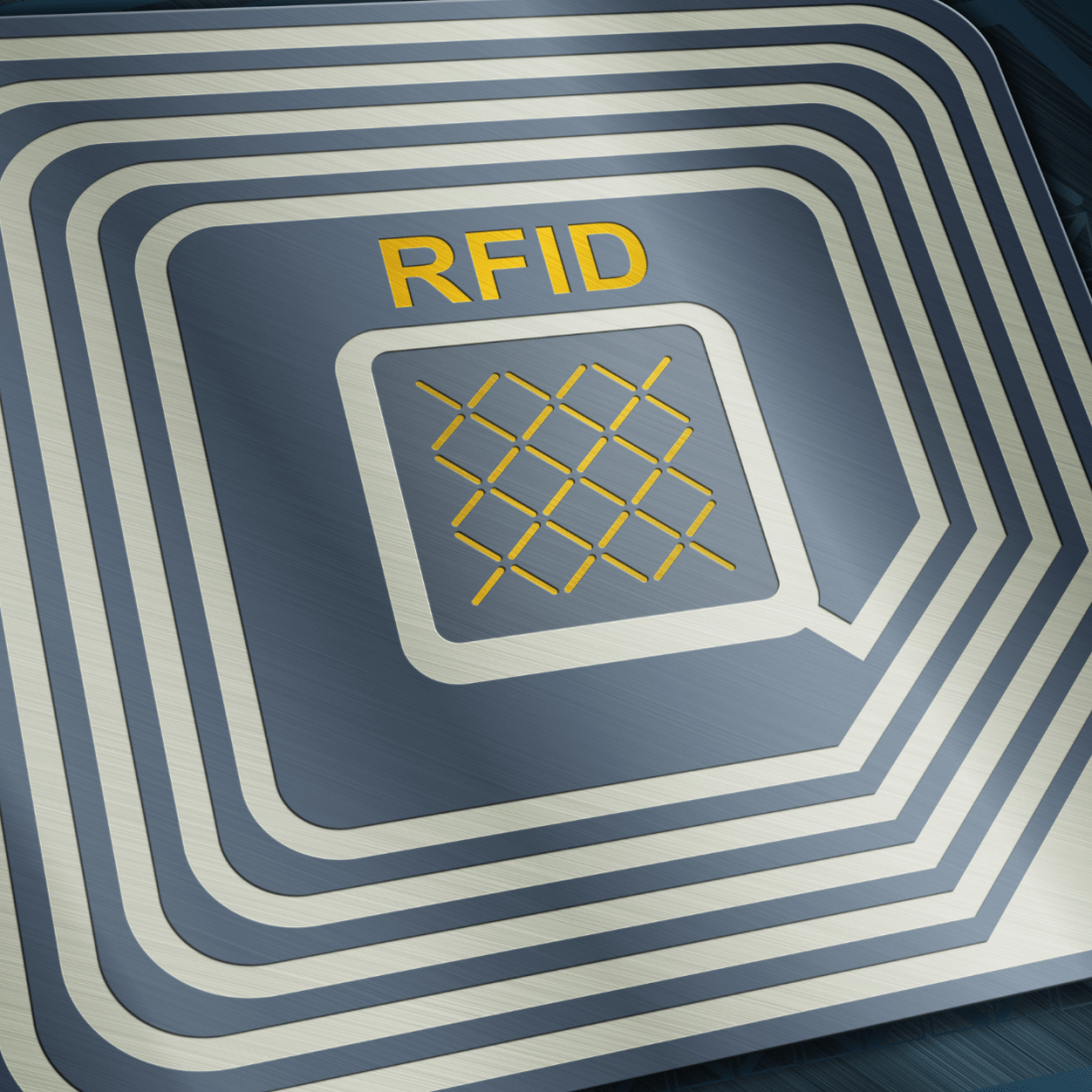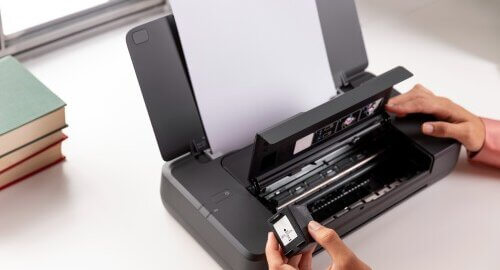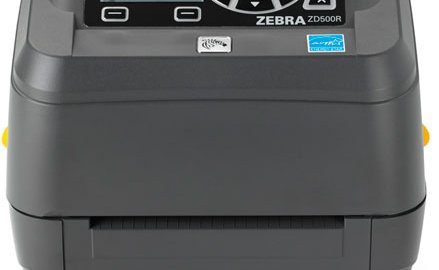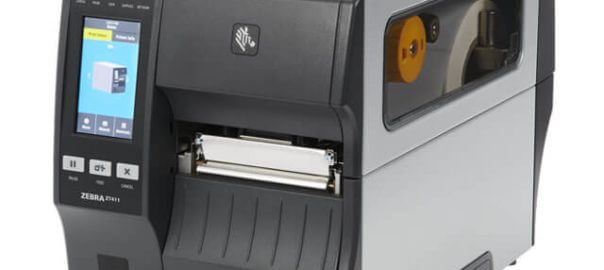
What is RFID Technology?
RFID is a wireless technology that consists of two major components: tags and readers. The reader is a device with one or more antennas that transmit and receive electromagnetic signals from RFID tags.
These tags, which contain a serial number or unique identity, communicate with neighboring readers through radio waves. RFID chips, also known as integrated circuits (IC), are used to transfer data to the reader.
How RFID Works
RFID is a member of the automatic identification and data collection (AIDC) technology family. With little human intervention, you can detect items, gather data about them, and communicate that data to a computer system using AIDC tools.
An RFID system that integrates with your inventory can greatly improve efficiency for retailers who need to monitor stock accuracy. It can help you increase inventory visibility and accuracy to give today’s multichannel customers enhanced shopping experiences.
There are two types of RFID readers:
Fixed readers: When the reader and antenna are fixed to one location via which RFID tag data travels. For instance, with Amazon Go, you can pay without going to a cashier. The reader just picks up the tag data as you pass through an RF zone.
Mobile readers: These readers are portable reading devices that can be used anywhere.
Application of RFID Technology
Healthcare, automobiles, consumer packaged goods, aerospace, and transportation are just a few sectors that use RFID printers and technology. RFID applications in these sectors include:
Improve retail operations:
RFID can alert staff when a particular variety is low on stock or out of stock. Additionally, it can automatically show customers how many to retrieve and where to find the merchandise in the backroom.
Analyze in-store traffic patterns:
You can use RFID and POS machines to track item movement throughout a store. With this knowledge, you may identify your store’s high-traffic end caps, pinch areas, and various personnel and product pathways throughout the day.
Provide contactless transactions:
Any transaction carried out with a mobile phone, a debit or credit card that supports contactless, or a key fob is considered a contactless payment. After finishing their shopping, customers can stroll through an RFID checkout, use biometric scanners to confirm their identification, and then pay for their purchases.
Increase in-store stock accuracy:
The manual and time-consuming typical retail inventory method still exists. Instead of relying on individual package scans and blind receipts, RFID allows you to rapidly check in whole shipments. Additionally, it is utilized to locate objects, shorten cycle counts, and automatically place orders for goods at safety stock levels.
Benefits of RFID:
Efficiency: RFID and POS machines automates data capture and reduces manual processes, leading to increased efficiency and reduced labor costs.
Accuracy: RFID printers and tags provides accurate and real-time information, minimizing errors associated with manual data entry.
Visibility: RFID enhances visibility across operations, enabling better decision-making and resource allocation.
Speed: RFID enables swift identification and tracking of items, leading to faster processes and reduced wait times.
Conclusion
RFID technology has transformed various industries by enabling efficient identification, tracking, and management of objects through radio frequency communication. Its applications span from supply chain optimization to healthcare, offering benefits such as increased efficiency, accuracy, and visibility. As RFID technology evolves, its impact on industries and everyday life is set to expand, driving innovation and improved operational processes.






